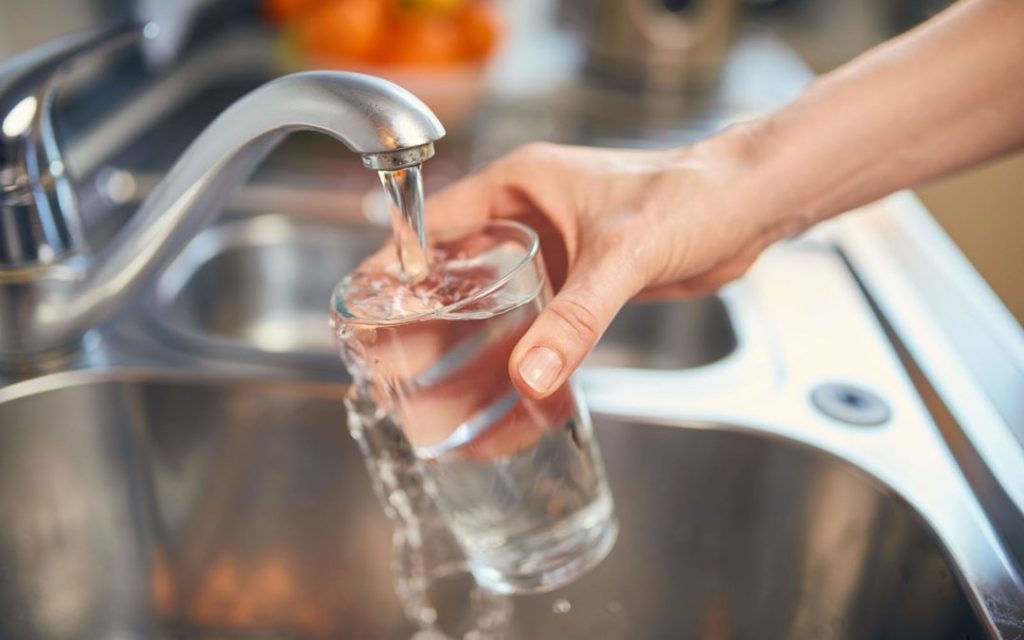The quality of your home’s water is vital for many reasons. First, it is essential that the water be pure to ensure that it is not making you sick. Second, if the water does not taste and smell pure, you will not drink it, leading to other health complications. And finally, a certain level of water purity is needed to ensure the longevity and reliability of your home’s water pipes, fixtures, and appliances. But the big question most homeowners have is how to determine the quality of their water and continue to monitor it in the future.
Setting The Bar For Water Quality
While each state and even municipality can have its standard for water, the Environmental Protection Agency set a more widespread bar under the Clean Water Act. You can review the standards set for your state and compare your home water test results to the EPA guidelines.
There are also general numbers that can be used to determine good quality water:
- No more than 250 mg/L of chloride
- No more than 1 mg/L of copper
- No more than 0.3 mg/L of iron
- A pH between 6.5 and 8.5
- No more than 250 mg/L of sulfate
- No more than 500 mg/L of total dissolved solids, including all organic and inorganic substances
The Testing Process
For your initial water test, it is best to call in a professional for an in-home water test. Not only will these tests deliver reliable results, but you will also learn more about the results from your water purity expert. Once the test is completed, you can review each aspect of the results to understand what areas are lacking in your water’s purity. In addition, your water quality professional can explain what system, equipment, or treatment is required to improve your water quality and its safety for your loved ones and your home’s plumbing system.
Continued Monitoring
Water test strips are available that will allow you to monitor water quality in just seconds. Most prepackaged testing kits include a single strip that will monitor multiple aspects of your home’s water quality. The typical test strip will identify:
- Hardness
- Metals, including lead
- Volatile organic compounds (VOCs)
- Total dissolved solids
- Corrosiveness
- pH
Other testing products can also alert you to microorganisms contaminating your water if that was a concern when the water was professionally tested. In addition, all municipal and private water suppliers are required by law to provide a report each year on the quality of the water they supply. The report should alert you to any contaminants found in the water and the potential health concerns related to the pollutants.
Signs Your Water Quality Should Be Tested
Many consumers assume that their water is safe and healthy as long as it comes from the city or another major supplier. However, that is not always the case. In addition, contamination can be caused by old water lines in your community or even in your own home. So taking the time to explore any of the following issues is always smart.
- Particulates or flakes in the water
- Water that appears to have a tint to it such as tan, yellow, or brown
- Water that has an odor
- Water that has an odd taste
All of these are signs of issues related to your water that can range from a high mineral content to organic or non-organic contamination.
A call to (512) 233-6308 to schedule an in-home water test is the best way to ensure that your home’s water is safe to drink. The Parobek Water water purity experts will help you understand the test results and how you can correct any concerns or problems.

